Early morning start from Gwahati, being in a civil hired vehicle, as a part of large Army convoy, the only thing which came to my mind was a phrase “a rolling stone seldom gathers moss” and so here I was , travelling to reach my destination .As being part of Army life never let’s a dull moment in. The life in the Army , takes us to places, which one would not even think of travelling to, in wildest of their dreams.
But then this is the beauty of travelling the country, as Army life comes with its own set of perks and privileges .
As my journey began, Karupetia in Assam, became my first halt, moving further towards Tejpur, I realised the importance of the place, in terms of a military establishment, as , till this, very place, the Chinese army marched, during the aggression of 1962. Next, As I crossed, the place , called Balukpong, it was time to say goodbye to the long plain roads, as the hills welcomed me , with densely forested areas and banana plantings along the road side with regular water falls on the way, but not a single roadside vendor or kiosks on the way to be seen, except for the hardworking hill folk pedestrians .The tiresome hill journey with twists and turns accompanied with motion sickness and bumpy ride continued till we reached our next halt, called ‘ Sessa’ , for lunch . As I moved beyond Sessa,
along the roadside , there were end number of epitaphs in the memory of the people , who met with accidents, reminding us about the road safety norms, and cautionary warnings for the drivers.. , . As I touched the place called Tenga, one was welcomed with colourful flags and symbols pertaining to Buddhism, but still the journey appeared to be never-ending, with each hair-pin turn, I became restless , by the time I reached Bomdila, I was only cribbing and cursing my luck, to be struck in this corner of the country. All I could do now, was to just hit the bed and wait for the morning to happen , but that too happened a bit early, as Arunachal Pradesh is known as the land of rising sun, and so I was welcomed by the first rays of the Early Sunrise.
As one took to expoloring the place, one could see ladies carrying babies strapped to them, with pink cheeks and running noses clung to their mothers like baby monkeys, but the women-folk in their Bakku looked absolutely adorable , the older lot was the most hard-working, carrying the wooden logs on their backs, and walking for miles.
The upper and lower Gompa of Bomdila with vibrant and colourful flags and soothing sound of the prayer wheels , with monks soaking the sun, made the place all so calm and serene, but something vital was yet to be explored. Bomdila is also known for other reasons as well , as it registers the presence of heavy military establishment here. It is the same place which along with Tawang and Rupa saw major Indian resistance, during 1962 Chinese aggression . The memories of which are still fresh in the minds of the people here, as it was hard times for them, the locals. However the Arunachali’s, took it with pride and honour as they helped Indian soldiers to fight against all odds, against the intrusion of Chinese soldiers. Stories of war have become, the tales and folklore’s here, elderly so fondly recollect the happenings of the past, stories being handed down from one generation to another.
For Indian soldiers it was a prolonged war against enemy , hostile terrain and biting cold , as we look into the history, we see that in the autumn of 1962 , Tawang fell to the invading Chinese people liberation Army
And in Bomdila, then , the Headquarter of Kameng frontier division, there was sheer panic.
.Though the place is abundant with the Heroism of our jawans, who fought without appropriate clothes and rubber boots in such hostile conditions, in freezing temperatures, that too, unprepared. The spot where this all action took place is known as R.R hill now.
R.R hill stands witness to the Chinese aggression, it also holds within itself the the courage , valour and sacrifice of Subedar Pritam Singh, who kept holding the position till the last. The trenches are witness to the history, which look, as they have been freshly dug up, the valiant young officers, who fought without any logistics support. Their names are etched in the history, details of bravery, the direct confrontation with the invaders, but mostly died while retreating ,as the orders came, but along with them their heroic tales lingers on for decades , as well as of the locals here, who are not to be sidelined , as they carried food for the jawans on mules, then.
.The memorial at the hill is dedicated to the
soldiers, who laid down their lives, who fought the icy cold winds, the ones who faced the extremity of the nature , how unprepared soldiers fought a war with Chinese in freezing temperatures , even the Chinese soldiers walked for days without food , just surviving on the wheat dough, and reached Bomdila , and now this place is witness to the history, when the Chinese infiltrated behind the Indian lines by launching multi-directional attacks, as they caught our soldiers unaware , but still had to face stiff resistance from the platoon of I Sikh LI under Subedar Pritam Singh.
Though the platoon fought ferociously, it lost most of its men. Subedar Pritam Singh despite of his bullet injuries, outnumbered the enemy and refused to be evacuated and fought bravely against them. When the situation became grim, he and his men with their bayonets unsheathed, emerged from their trenches with the war cry ” Wahe Guruji ka Khalsa, Wahe Guruji Ki Fateh.”
Now, As I see, around me , along with the memorial, lies the trenches , the observers of the historical event , which changed our equation with our neighbours forever. But apart from this , the trenches, reminds me of the blistered hands of the soldiers, which must have ached while digging them, but then so tired at the end of the day, these constraint spaces must have served a wide purpose, as they also acted as beds for the exhausted souls, while they slept peacefully. Yes, they are still lying here as a witness to the happenings of the past, have acted as frontiers as well as power points , have supported arms and ammunition’s, life line in the form of supply points, as it was through these trenches the soldiers were provided their ration , one may also find the old scraps of tin cans here, in harsh weather these trenches acted as a shield for the soldiers, dawn to dusk, as boredom persisted accompanied with fatigue and exhaustion , the only source of recreation was letters from the home , read and re-read by these soldiers in the narrow trench , by the candle light. In the final moments, while bleeding to death, the moans of the wounded men , their war cry, all was soaked by the soil in the trenches, as their dust covered bodies lay in between these spaces, these confines have now become the markers and makers of the history.
” To save your world you asked this man to die:
Would this man, could he see you now, ask why?
-W.H.Auden
The trenches are reminiscent of the world of sacrifice and courage of our valiant soldiers and as one visits these trenches spread across the Pass, they remind us :
” Their shoulders held the sky suspended;
They stood and earths foundations stay;
What God abandoned, these defended,
And saved the sum of things for pay.”
-A.E Housman.,
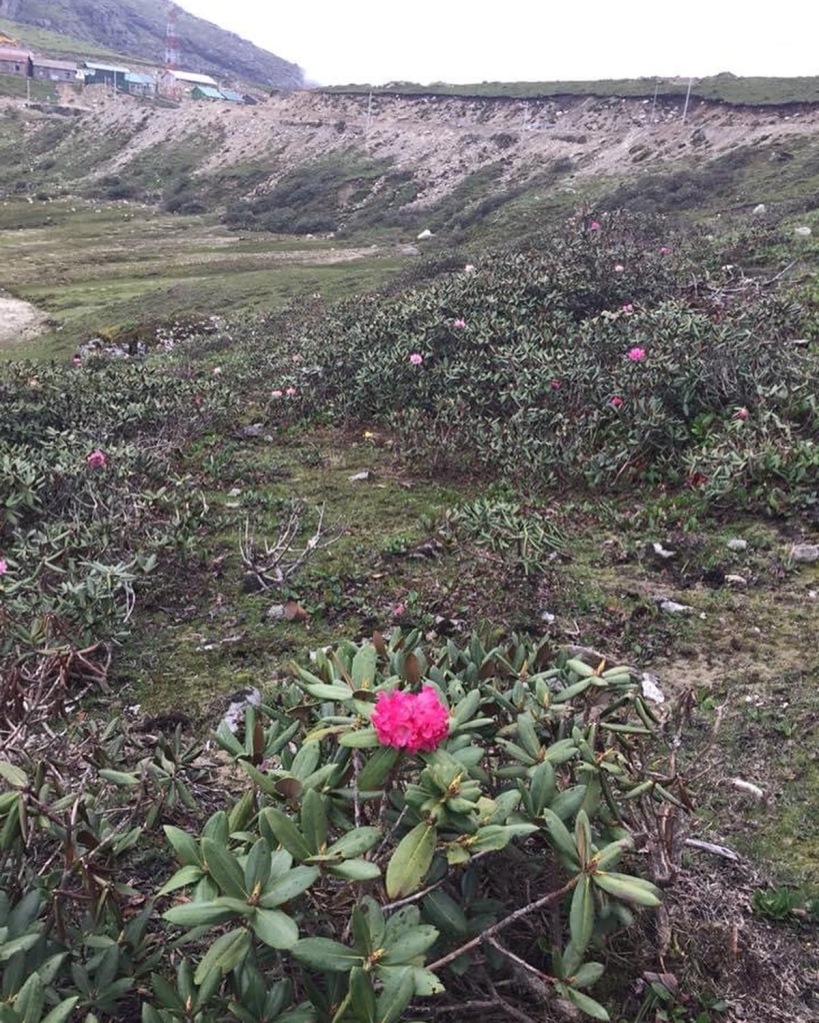
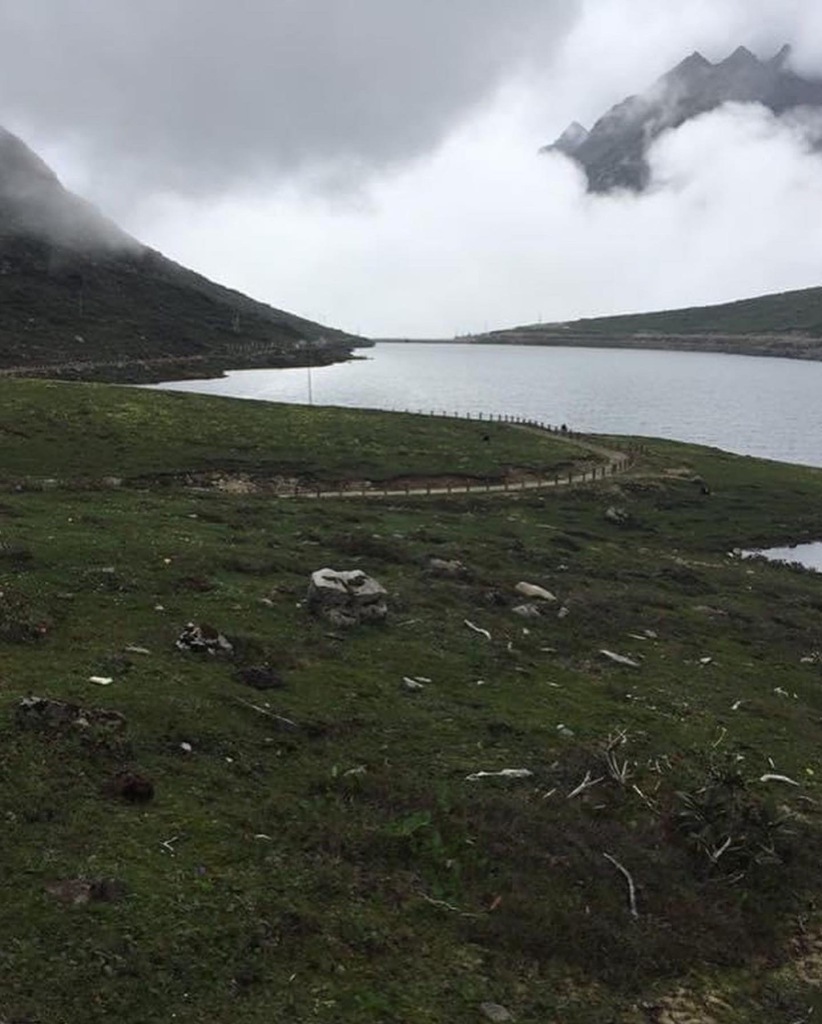

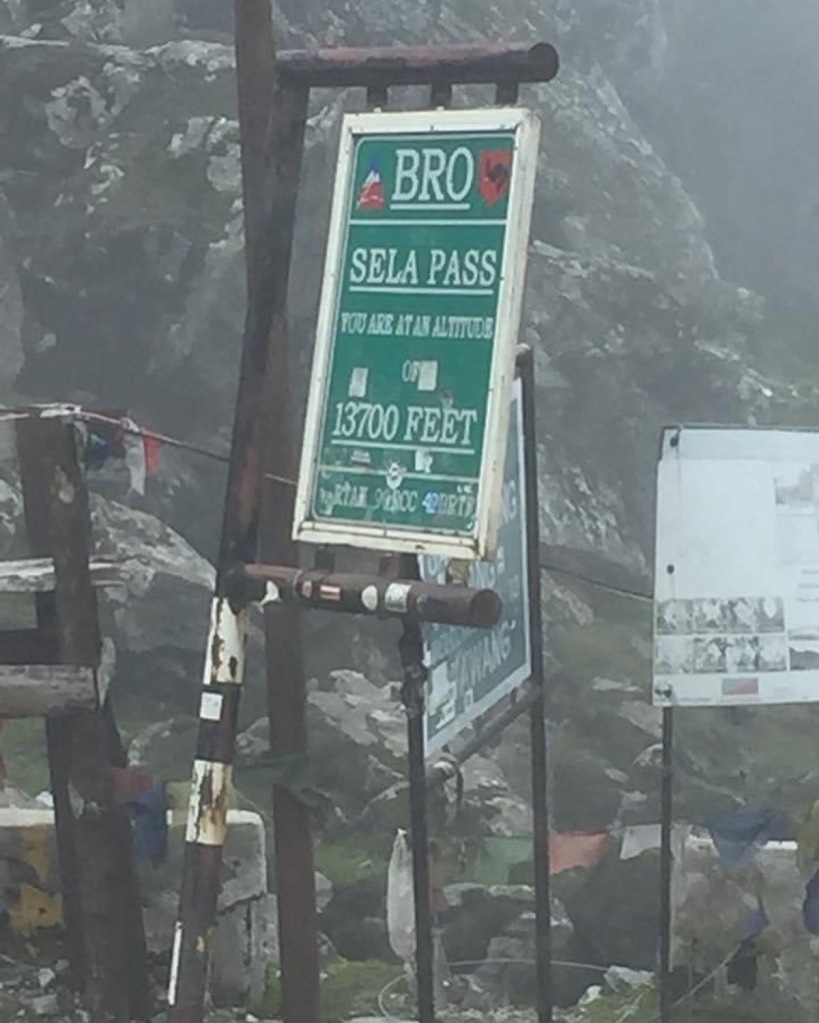
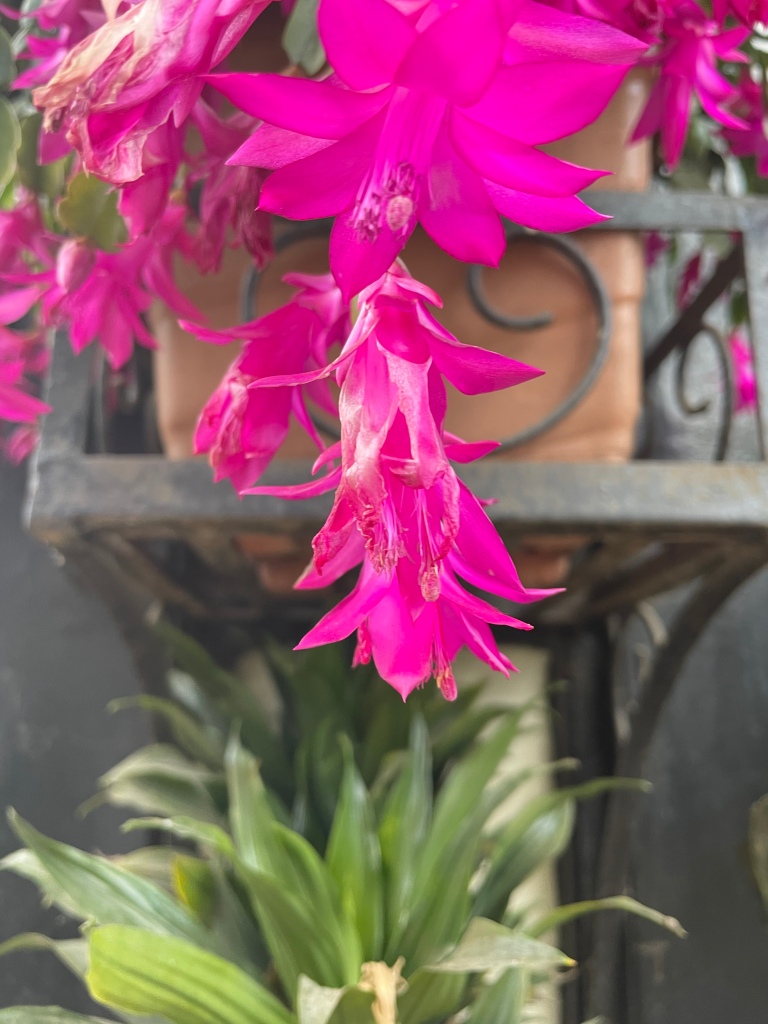
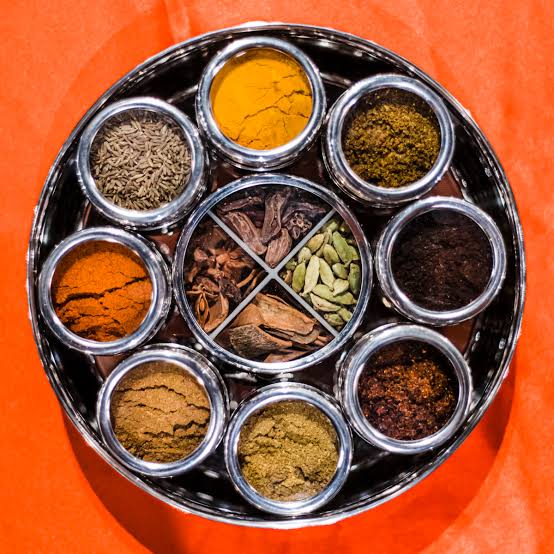






You must be logged in to post a comment.